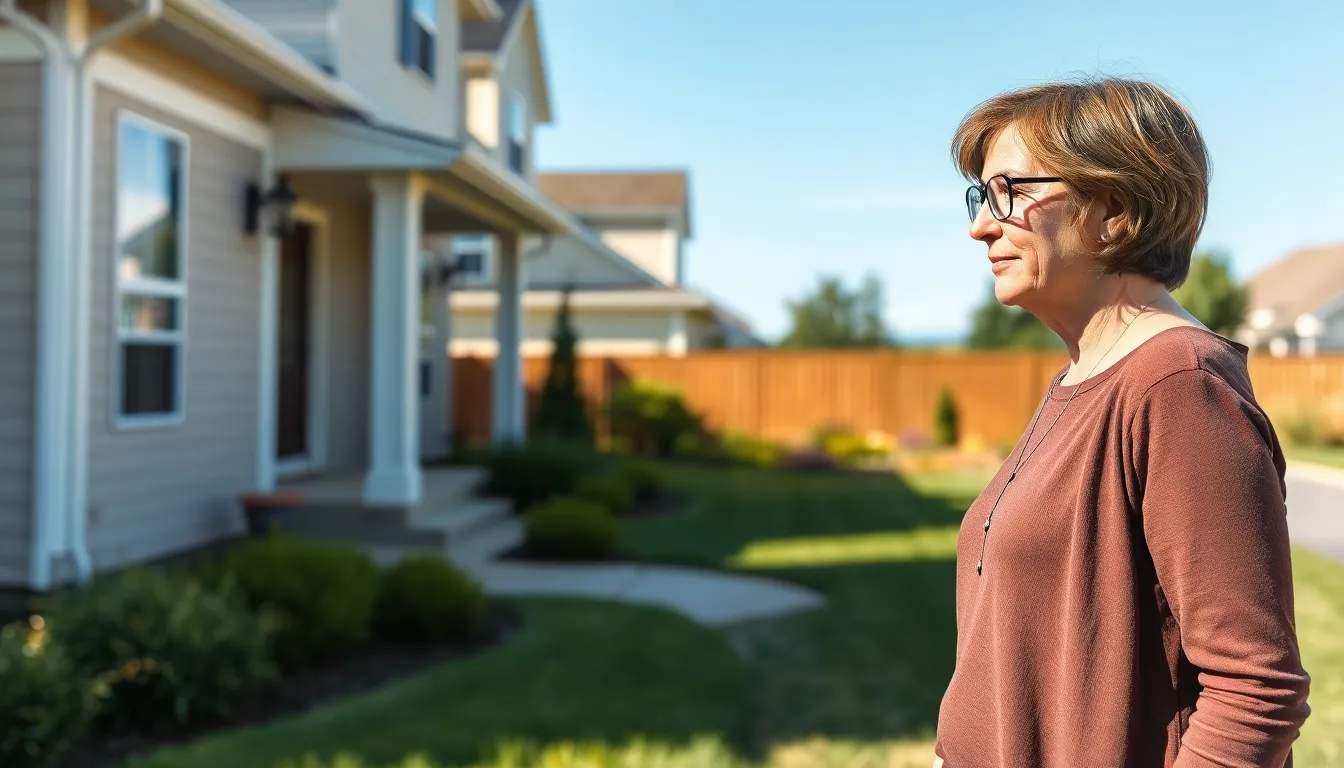When it comes to housing maintenance, not all homes are created equal. From squeaky doors to leaky faucets, each type of dwelling presents its own set of quirks and challenges. Whether it’s a cozy apartment or a sprawling suburban house, understanding the differences in maintenance can save homeowners time, money, and a few gray hairs.
Table of Contents
ToggleOverview of Housing Maintenance Differences
Housing maintenance varies significantly across different dwelling types, impacting the overall upkeep required. Apartment maintenance typically involves less exterior upkeep compared to suburban homes, which often demand more extensive landscaping and roof care. Suburban houses usually require specialized services like gutter cleaning and driveway maintenance, whereas apartment dwellers focus mainly on interior tasks.
Maintenance responsibilities differ between homeowners and renters. Homeowners generally manage all aspects of maintenance themselves, while renters rely on property management for repairs and upkeep. This division can lead to varied levels of home care, with homeowners often investing more time and money into their properties.
Seasonal changes also influence maintenance needs. For instance, winterization is crucial for houses but may not apply to apartments with centralized heating. This difference mandates proactive measures for homeowners, like insulating pipes and checking heating systems. In contrast, tenants may only take simple steps, such as changing air filters.
Cost implications vary between housing types. Apartments often have lower ongoing costs due to provided amenities and maintenance support. Homeowners face more variable expenses, including unexpected repairs and home improvement projects, which can strain budgets if not planned for.
Knowledge about these maintenance differences empowers homeowners and renters alike to make informed choices. Understanding specific needs helps in budgeting, selecting services, and implementing preventative measures. Awareness fosters a proactive approach, minimizing surprises and enhancing the living experience.
Factors Influencing Housing Maintenance

Housing maintenance differs due to various factors. Understanding these influences can help homeowners and renters manage their living spaces effectively.
Geographic Variations
Location significantly impacts housing maintenance. Urban areas often require different upkeep than rural locations. In cities, high-rise apartments may need more focus on plumbing or shared utilities. Suburban homes, on the other hand, involve extensive yard work and exterior upkeep. Rental properties may feature less variation in costs due to centralized management, while homeowners face expenses related to local services. Knowledge of these geographic differences helps individuals plan maintenance strategies effectively.
Climate Impact
Climate plays a crucial role in determining maintenance needs. Regions with harsh winters demand winterization strategies, including insulation and heating system checks. Warmer climates often require regular air conditioning maintenance and pest control. Moisture levels in different areas affect the integrity of roofs and building materials. Moreover, properties in hurricane-prone zones must consider additional preparations. Recognizing these climate factors leads to timely maintenance actions for optimal home care.
Types of Housing Maintenance
Maintenance requirements differ significantly between various housing types. Understanding these categories helps homeowners and renters prioritize their upkeep strategies effectively.
Residential vs. Commercial
Residential maintenance focuses on individual homes, such as apartments and single-family houses. Homeowners manage tasks like landscaping and repairs, allowing them to customize their living spaces. Commercial properties, on the other hand, require a different approach. Maintenance includes considerations for shared utilities and larger systems, such as HVAC and plumbing, due to higher usage rates. Property management typically oversees these tasks, ensuring efficiency for tenants and owners alike. Costs associated with commercial maintenance might vary greatly, reflecting the scale and complexity of the property.
Routine vs. Emergency Maintenance
Routine maintenance involves regular tasks performed to keep properties in good condition. This category includes cleaning gutters, changing air filters, and seasonal inspections, designed to prevent larger issues. Homeowners often schedule these tasks at specific intervals, making maintenance predictable. In contrast, emergency maintenance requires immediate attention to urgent problems. Examples include plumbing leaks, electrical failures, or heating breakdowns. These situations demand prompt action to minimize damage and ensure safety. Homeowners typically face unexpected costs in emergencies, stressing the need for effective planning and budgeting.
Best Practices for Housing Maintenance
Effective housing maintenance involves understanding preventative measures and the use of professional services. Homeowners and renters benefit from these practices.
Preventative Measures
Regular inspections can identify maintenance issues early. Seasonal tasks such as gutter cleaning and HVAC servicing prevent more costly repairs. It’s essential to maintain landscaping to avoid pest infestations. Keeping a maintenance calendar aids in tracking necessary tasks and deadlines. Homeowners must also consider winterization strategies in cold climates to prevent damage from freezing temperatures. Simple tasks like changing air filters improve air quality and HVAC efficiency. Overall, an organized approach to maintenance promotes a healthier living environment.
Utilizing Professional Services
Hiring professionals ensures tasks are performed safely and efficiently. Electrical work, plumbing issues, and major repairs often require expert knowledge. Local service providers can offer tailored solutions depending on geographic conditions. Regularly engaging professionals for upkeeping appliances can extend their lifespan significantly. Assessing service contracts for routine maintenance can provide both cost savings and peace of mind. Scheduling seasonal check-ups with professionals helps avoid last-minute emergencies and unexpected expenses. Utilizing experienced services enhances overall housing maintenance strategies.
Conclusion
Understanding the differences in housing maintenance is essential for both homeowners and renters. By recognizing the unique challenges associated with various dwelling types they can make informed decisions that enhance their living experience. Proactive planning and budgeting not only reduce stress but also save time and money in the long run.
Adapting maintenance strategies to geographic and climate factors ensures that individuals address specific needs effectively. Emphasizing preventative measures and seeking professional help when necessary can prevent costly repairs and extend the lifespan of home systems. Ultimately, a well-informed approach to housing maintenance leads to a more comfortable and sustainable living environment.








